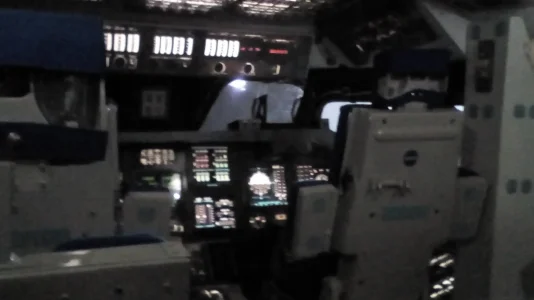- Joined
- Jul 12, 2006
- Messages
- 5,121
- Points
- 268

NASA astronaut Jessica Meir trims leaves and harvests a crop of Mizuna mustard greens grown inside the International Space Station. (Photo/Agencies)

NASA astronaut Christina Koch collects and packs Mizuna mustard greens grown and harvested inside the International Space Station on November 13th. (Photo/Agencies)

NASA astronauts (from left) Jessica Meir and Christina Koch harvest a crop of Mizuna mustard greens grown inside the International Space Statio'sn Veggie botany facility located in the Columbus laboratory module. (Photo/Agencies)

Mizuna mustard greens are growing aboard the International Space Station to demonstrate the feasibility of space agriculture to provide fresh food for crews on deep space missions. (Photo/Agencies)






























